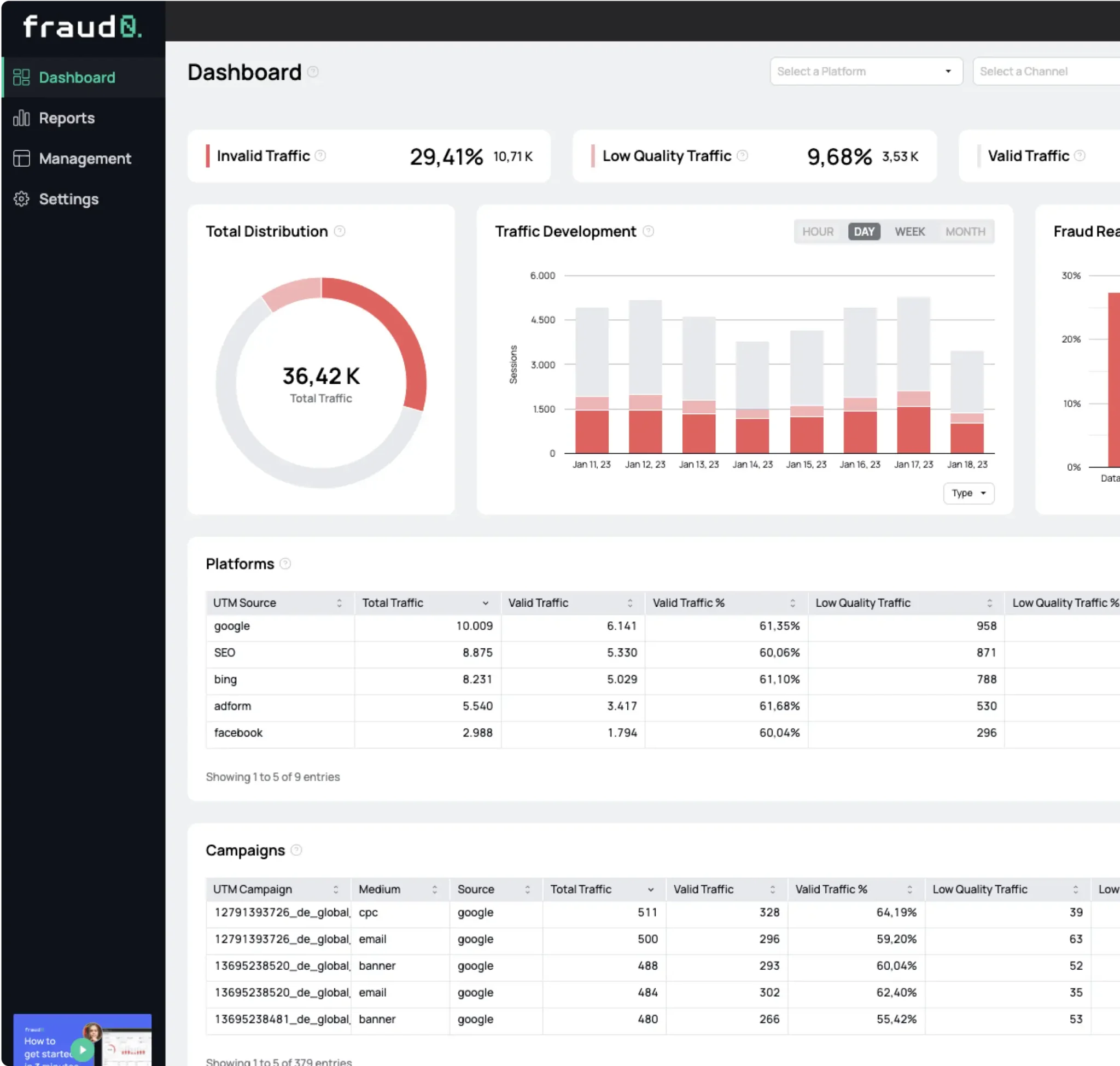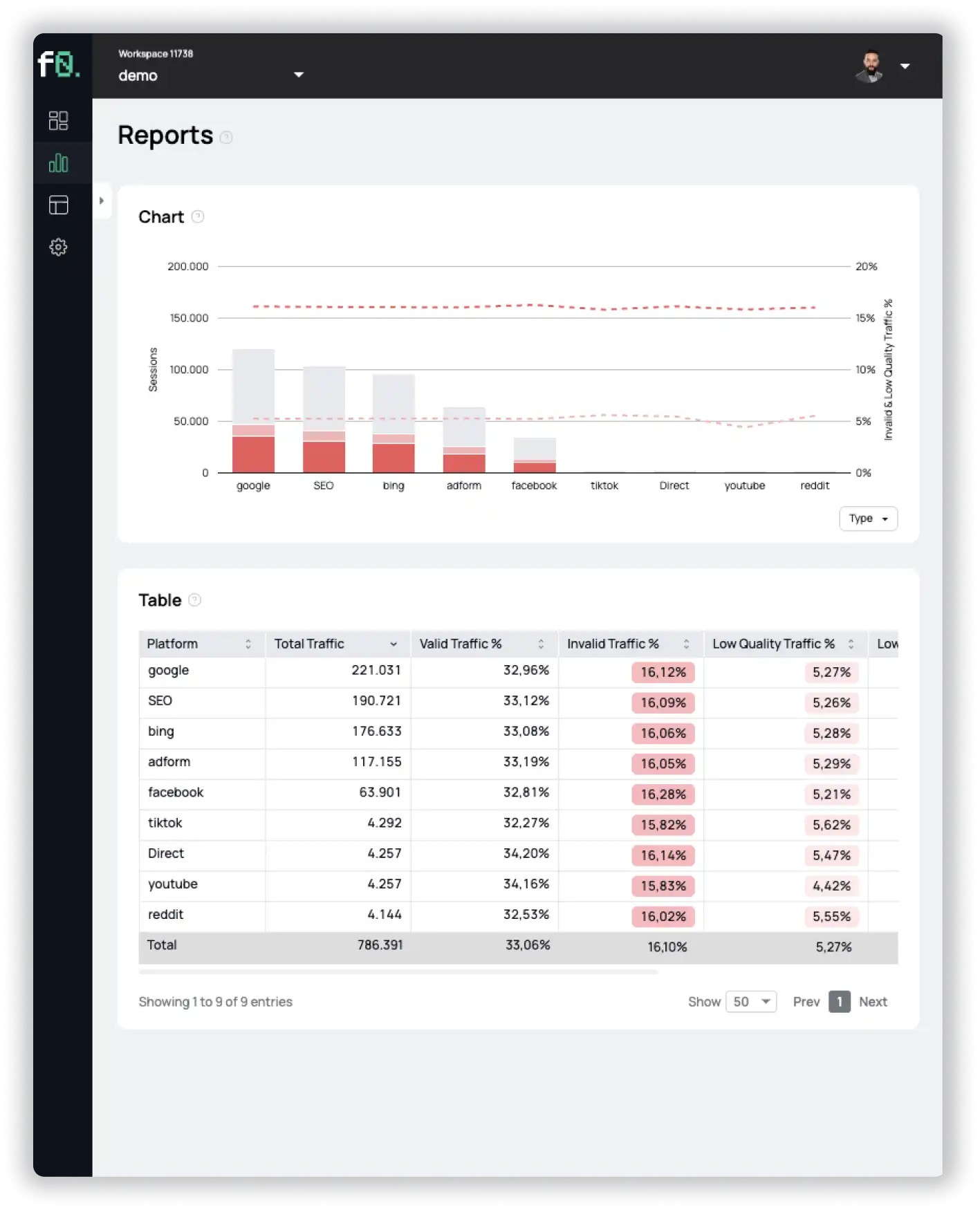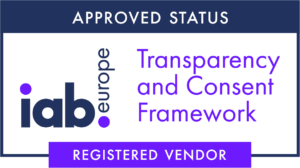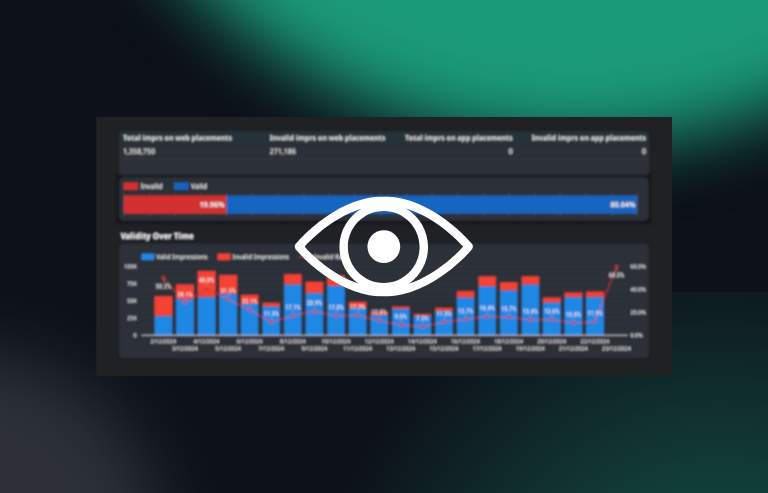- Blog
Marketing in the AI Era: Ready for AI Agents & Machine Customers

Cybersecurity Content Specialist
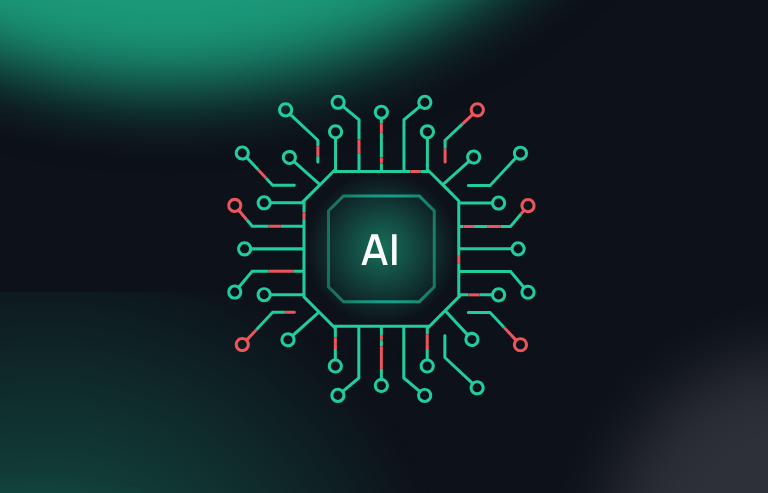
In 2025, your next customer might not be human. AI agents can book trips, buy products, and make decisions on our behalf and this faster and more rationally than we ever could.
AI agents are great for users, offering convenience and efficiency. But what does this mean for marketers? These agents are neither traditional bots nor human users, so how should businesses adapt? Let’s explore.
A New User Type: The AI Agent
Until now, businesses have dealt with two main user types: bots and humans. Whereby bots were generally considered undesirable, with the exception of beneficial ones like search engine crawlers. However, this has changed. AI agents have emerged as legitimate decision-makers in the customer journey, acting on behalf of humans to make purchases or find information. Companies must now treat these AI agents as machine customers rather than just bots.
Website Optimization: Build for Humans & Machines
Until now, search engine optimization (SEO) has been a cornerstone of online visibility. However, the rise of AI agents marks the beginning of a possible shift from SEO to AI Interaction Optimization (AIO), a new approach that ensures your content is visible and accessible to AI agents like ChatGPT, Siri, and Alexa. While SEO is still the way to go, AIO takes optimization a step further, focusing on how AI tools interact with and process content.
All these efforts are increasingly critical: Gartner predicts that by 2026, generative AI and AI agents will cause a 25% drop in traditional search engine traffic as users get answers without clicking through.
To optimize websites for AI agents, businesses need to focus on speed, structure, and accessibility. Unlike humans, AI agents prioritize machine-readability over visual design. What matters is how quickly and clearly they can extract information. Structured data (like Schema.org markup), APIs, and machine-readable formats are key to making your content visible in AI-driven results and recommendations.
In practice, this may shift the focus for eCommerce sites away from traditional A/B tests like button colors or layout tweaks. Instead, the priority becomes clean, well-structured data that AI systems can process efficiently.
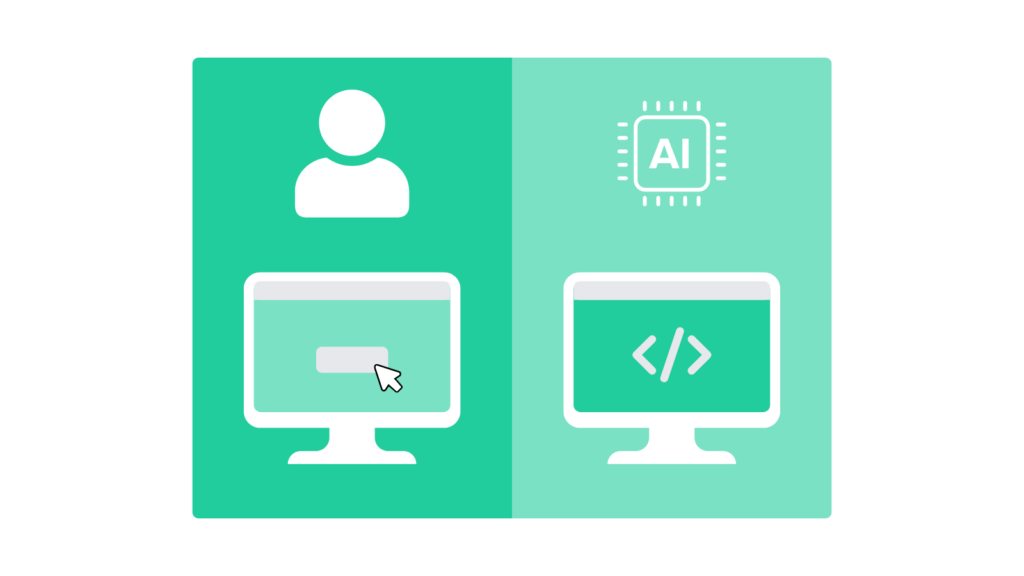
Pricing and Offers: Transparency Beats Branding
AI agents are hyper-rational buyers. Unlike human consumers, they focus on objective factors like price, specifications, availability, and reviews when making decisions. Not emotional connections or brand loyalty. In this new landscape, price increases and vague offers can be quickly penalized by AI agents.
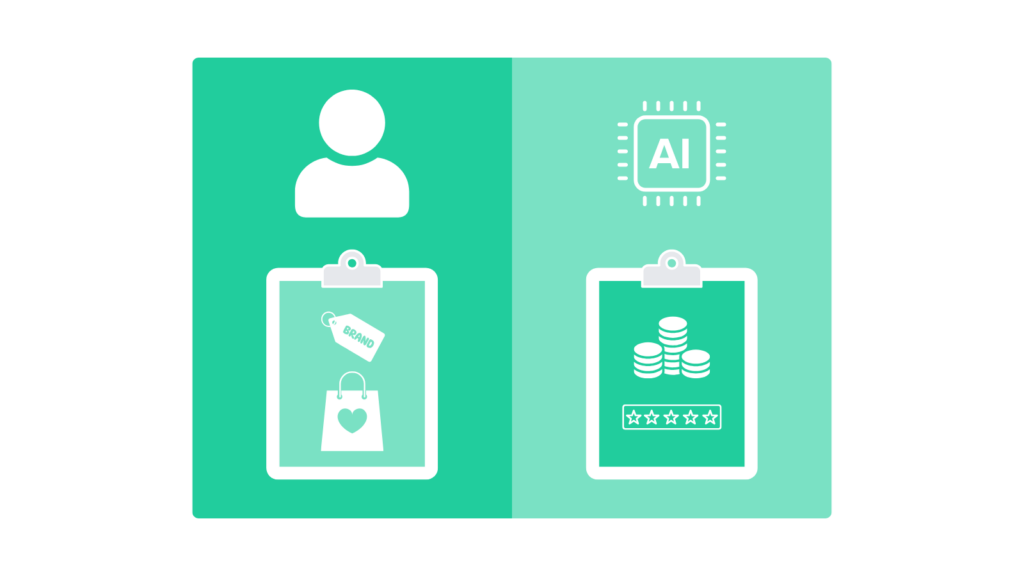
Advertising Shift: Target Humans, Influence Agents
AI agents don’t interact with traditional ads like humans. Marketers must reach consumers early in the journey, before purchasing decisions are handed off to AI systems. Upper-funnel marketing to humans remains essential, not just to build brand awareness, but to create interest, spark demand, and influence what consumers ask their AI agents for in the first place. If you’re not shaping the need, you’re not part of the prompt.
At the same time, your content must target AI agents during the information search and evaluation phase. Take sustainability, for example. It’s a growing priority for many consumers. If an AI agent is tasked with finding sustainable and eco-friendly products, it may skip over brands that haven’t clearly communicated their sustainability efforts in a structured, accessible way. That means your values, like sustainability, need to be embedded in your content in a way AI systems can understand and surface. Otherwise, you risk being filtered out before you’re even in the running.
From another marketing perspective, this opens up new advertising models that focus on influencing AI agents directly, allowing brands to bid for AI-driven recommendations. For example, OpenAI has already publicly stated that it is exploring monetization opportunities in the long term. This could include targeted recommendations that users can clearly recognize as advertising.
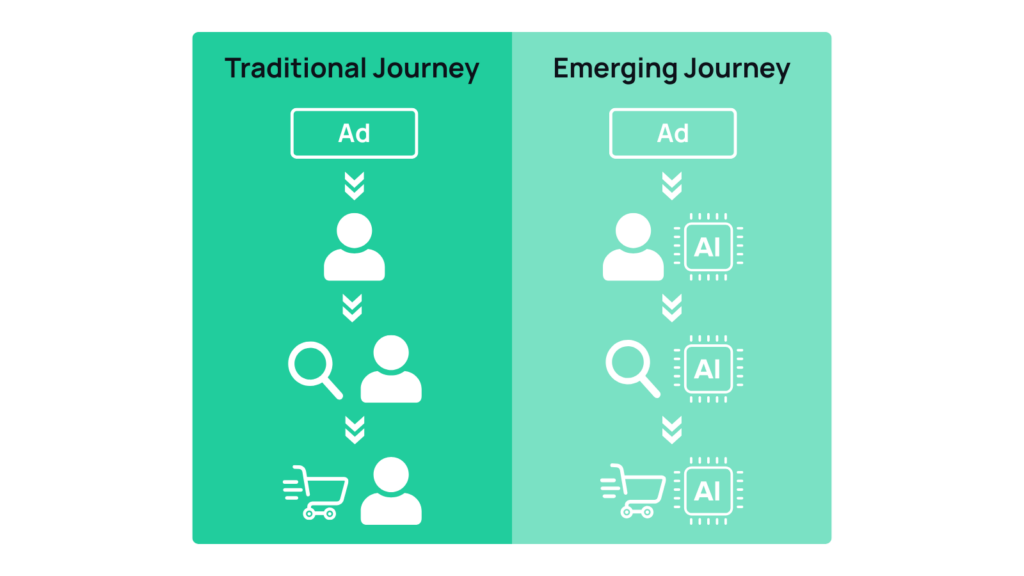
Adapting to AI-Driven Marketing: Preparing for the Future
As AI agents continue to reshape how consumers make decisions, marketers must adapt. The shift from just human-centric to also AI-centric interactions means businesses need to rethink their strategies. From how they design websites to how they optimize their content for AI, influence purchasing decisions, and adapt advertising models. The future of marketing is not just about appealing to human users, but also about ensuring that AI agents can understand, trust, and recommend your brand at the right moment.

Learn everything you need to know about Invalid Traffic in 2024 based on our customers’ data. Including a breakdown into marketing channels, industries and much more.
- Published: April 4, 2025
- Updated: April 23, 2025
1%, 4%, 36%?
